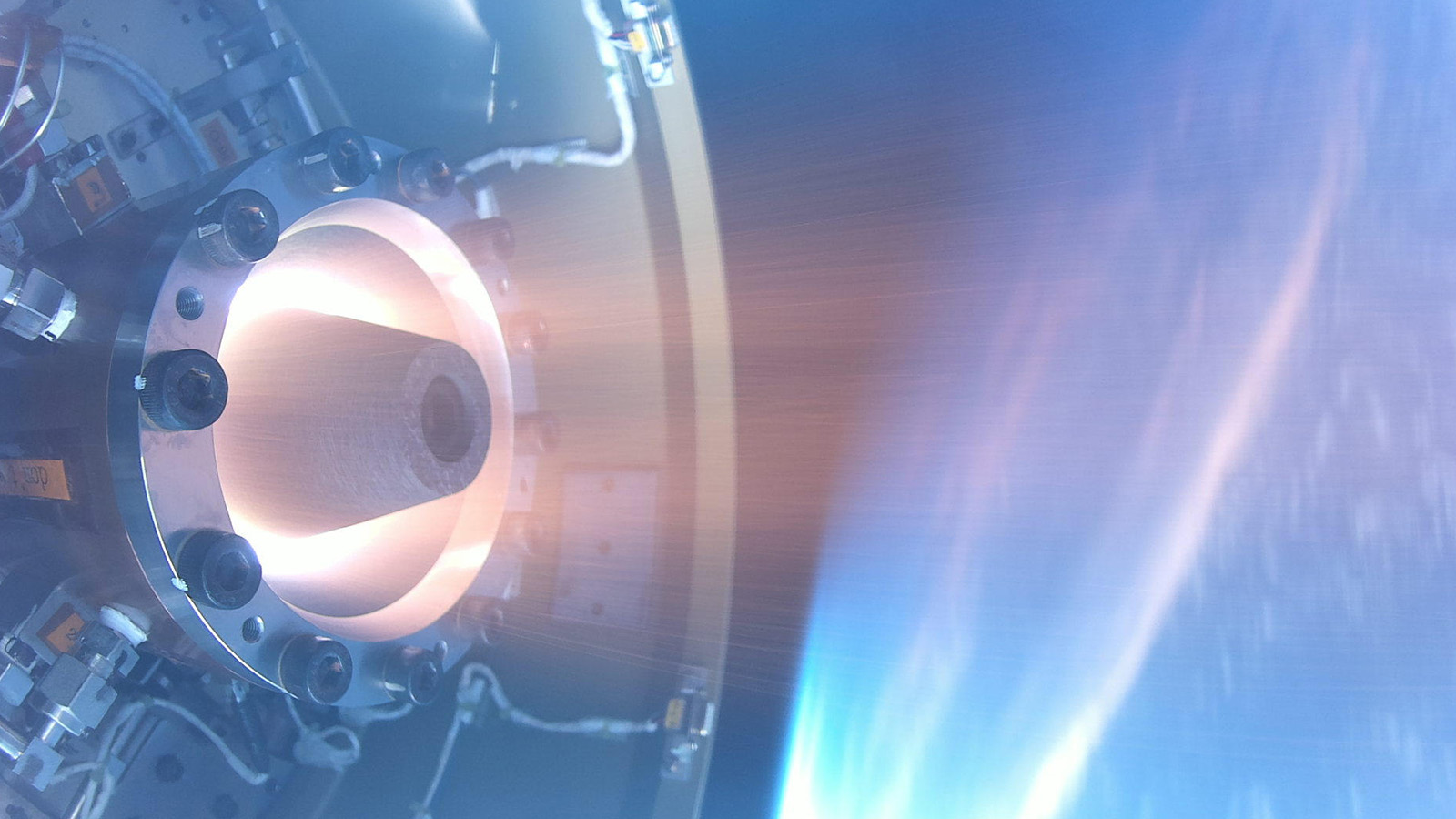Stay Up to Date
Submit your email address to receive the latest industry and Aerospace America news.
The Pressure Gain Combustion Technical Committee advances the investigation, development and application of pressure gain technologies for improving propulsion and power generation systems and achieving new mission capabilities.
Pressure gain combustion, achieved through either deflagration or detonation, is an area of great interest for both propulsion and power generation applications as it offers access to greater work availability compared to conventional constant pressure combustion. Rotating detonation engines remained the primary focus this year; however, RDEs with nontraditional configurations and other detonation-based systems were also of interest.
In July, the Japan Aerospace Exploration Agency, JAXA, and its collaborators demonstrated in-space operation of an RDE and multiple pulse detonation engines on board a sounding rocket at an altitude of approximately 165 kilometers. While these were not primary engines, multisecond operation of each engine resulted in positive thrust and permitted the recording of critical data while operating on gaseous methane and oxygen.
In January, Tsinghua University in China completed experimental and numerical studies on liquid fuel injection to explore the influence of droplet size, pre-evaporation equivalence ratio and mixture uniformity on RDE thrust performance. Domestically, researchers at Aerojet Rocketdyne, based in California, engaged in multiple test campaigns to develop air-breathing RDEs for new flight systems during 2020 and early in the year. Flight was also a consideration at the University of Central Florida as demonstrated by a May article in the Proceedings of the National Academy of Sciences detailing research on stabilizing oblique detonations that could address some of the unique challenges associated with hypersonic propulsion. Researchers at the University of Texas at Arlington also explored the use of RDEs in high-speed flight vehicles through computational models of streamline-traced inlets.
Fundamental and applied research continued to be an area of interest for government agencies, including NASA, the U.S. Air Force Research Laboratory, the Naval Research Laboratory and the Department of Energy’s National Energy Technology Laboratory. The establishment of standardized testing and modeling has been a major focus for AFRL at Edwards Air Force Base in California in its RDE Model Validation Program. As part of this effort, 15 teams composed of academia, industry and federal laboratories were participating in a joint computational and experimental study of a baseline laboratory-scale rocket RDE. AFRL reported updates on the results from these studies at AIAA’s SciTech Forum in January.
In January and August, multiple organizations presented research results. The University of Michigan reported on RDE operational parameters such as elevated inlet temperatures and exhaust gas recirculation to control detonation wave characteristics. Research at the Naval Postgraduate School focused on RDE injector and combustor geometry. Similar studies at Purdue University explored relationships between pressure gain and combustor geometric parameters while simultaneously developing megahertz-scale laser diagnostics, including OH planar laser-induced fluorescence and coherent anti-Stokes Raman scattering in a collaborative effort with Ohio-based Spectra Energies and NASA’s Glenn Research Center in Ohio. Characterizing the unsteady supersonic/subsonic RDE exit flow is a critical element for propulsion and power applications. The University of Alabama has worked to address this need using its 100 kilohertz particle image velocimetry capability. Alternative RDE geometries such as centerbody-less and disk-shaped continued to be of interest as were novel concepts like South Korea’s Pusan National University’s tri-arc RDE cross section.
In January, the Technical University of Berlin initiated the Marie-Curie Innovative Training Network. It is composed of 15 early stage researchers from eight hosting institutions across Europe and is to focus on several key topics associated with pressure gain combustion over a few years.
Advancement and innovation continue to expose more of the underlying physics and push the technology envelope confirming pressure gain combustion to be a well-qualified candidate for realizing more efficient propulsion for high-speed vehicles, space exploration and land-based power generation.
Stay Up to Date
Submit your email address to receive the latest industry and Aerospace America news.




